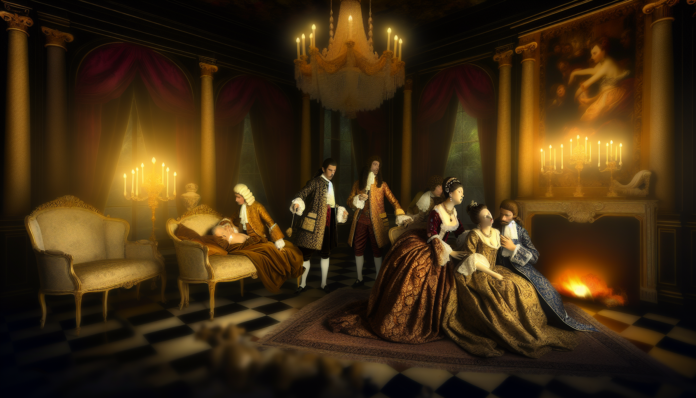Introduction
Throughout history, few scandals have had as profound an impact on politics as those rooted in personal affairs. The 1998 scandal involving U.S. President Bill Clinton and White House intern Monica Lewinsky rocked the nation and reverberated through history. At a time when sexual conduct was closely scrutinized, the affair not only revived debates around morality in politics but also altered the course of American politics significantly.
In the late 1990s, American society experienced a shift in its collective moral compass. The prevailing attitudes around sex, privacy, and political integrity were evolving, yet still tethered to certain conservative values. This duality set the stage for a scandal that would captivate and divide the nation.
The Scandal
The affair began in 1995 and came to light in 1998, sparking a media frenzy that would dominate news cycles. Clinton, then a beloved yet controversial figure, engaged in a series of intimate encounters with 22-year-old Lewinsky, which included everything from steamy exchanges to sexual acts in the Oval Office.
The scandal escalated dramatically with the emergence of evidence, including a that infamous blue dress. Key events unfolded rapidly:
- January 1998: News of the affair broke, leading to investigations by independent counsel Kenneth Starr.
- February 1998: Clinton publicly denied the affair during a televised address, stating, “I did not have sexual relations with that woman.”
- March 1998: Lewinsky’s testimony corroborated evidence of the affair, including intimate recollections.
The public and political reactions were swift and polarizing. Popular media, from CNN to late-night talk shows, thrived on the drama, reflecting a society both scandalized and intrigued. Political rivals seized the opportunity, with some interpreting the affair as emblematic of moral decay in politics.
“I think the American people want to know the truth; they want to see that there are standards in the Oval Office,” stated Republican Representative Bob Barr, while Democratic allies largely rallied around Clinton, framing the event as a politically-motivated attack.
Moral and Cultural Analysis
The fallout was immense. Clinton faced impeachment by the House of Representatives on charges of perjury and obstruction of justice, though he was acquitted by the Senate. His approval ratings, oddly enough, held steady throughout the controversy, suggesting a complex relationship between personal scandal and political performance. Many Americans seemed to separate the man from his policies, reflecting an ambivalence toward personal versus public morality.
Fast-forward to today, the perspective on this scandal would likely differ significantly. With the #MeToo movement and increasing awareness around issues of consent and power dynamics, today’s interpretations would delve deeper into the implications of such relationships in terms of workplace abuse and harassment. Contemporary society might emphasize the inherent power imbalance in the relationship between a sitting president and a young intern, ensuring that conversations about accountability and ethics in power are at the forefront.
As a prism through which to view issues of privacy, public scrutiny, and the fundamental nature of political integrity, the Clinton-Lewinsky scandal remains iconic. It not only reshaped the political landscape of the late 20th century but also set the stage for ongoing debates about morality in the public sphere.

